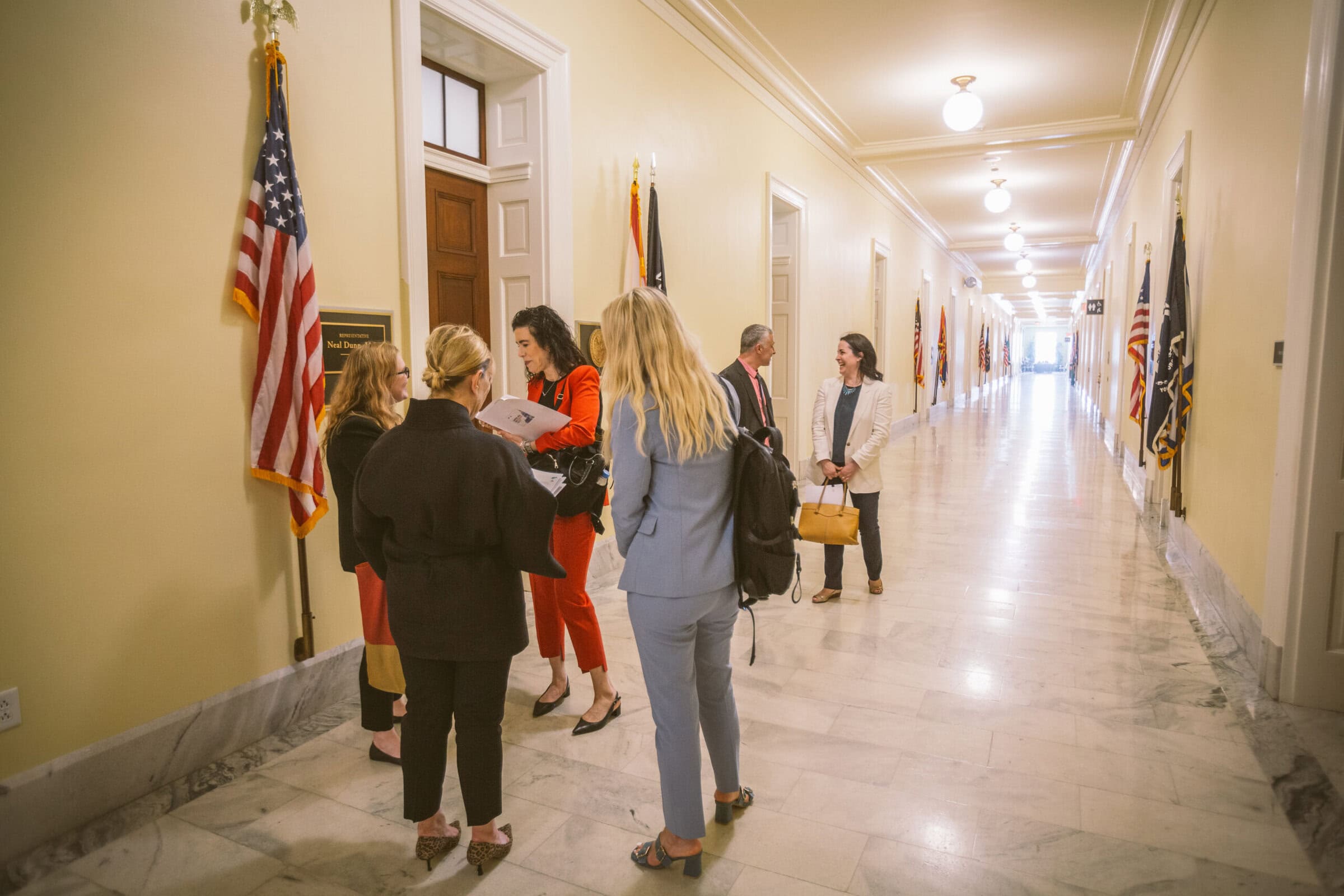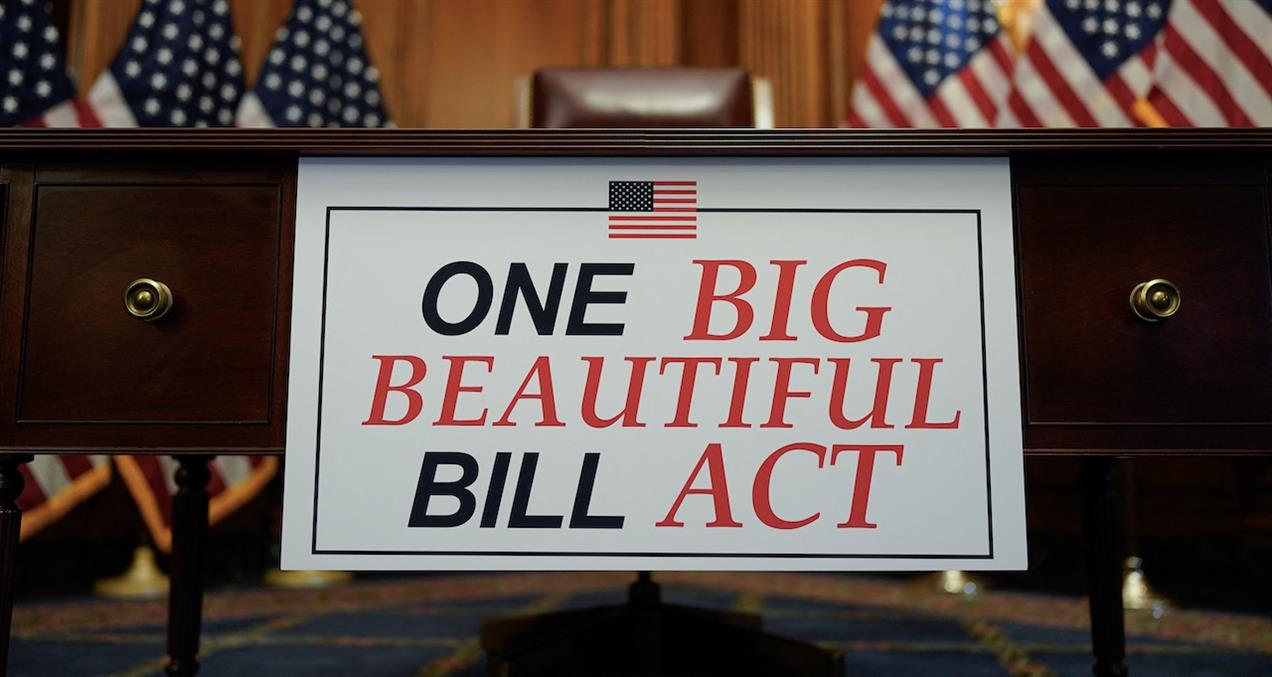Author
Alison Pepper
EVP of Government Relations and Sustainability, 4As
Topic
- Business Affairs
- Government Relations
- Legislation
- Regulations
- Taxation
A longstanding tax benefit for advertisers survived this year’s budget talks, but pressures ensure the fight isn’t over.
What’s Been Proposed
Over the past decade, Congress has twice seriously considered repealing the deductibility of advertising expenses — first during the debate over the Tax Cuts and Jobs Act of 2017 and, more recently, in discussions surrounding the One Big Beautiful Bill Act, passed by Congress last week.
To be clear, the proposals haven’t called for a full repeal. Instead, Congress has floated changes such as allowing a 50% deduction in the year the expense is incurred, with the remaining half amortized over five or 10 years.
These proposed changes would generate substantial revenue for the U.S. Treasury. In December 2024, the Congressional Budget Office released a report identifying various deficit-reduction strategies. One of those options — Option 67 — estimated that moving to a five-year amortization schedule could raise $83.2 billion, while moving to a 10-year schedule could raise $177.2 billion between 2025 and 2034.
Even in a multi-trillion-dollar budget, that’s a lot of money going back to the U.S. Treasury that could be used to fund other priorities.
Advocacy in Action
While the 2017 and 2025 budget bills differ in the fine print, they share a common ideological goal: to pass (or preserve) tax cuts for businesses and individuals in the name of spurring economic growth.
That same goal underpins the 4As’ core message to Congress: Advertising has always been, and continues to be, a significant driver of economic activity, with a strong multiplier effect.
For years, the 4As, along with the ANA and others, has participated in The Advertising Coalition (TAC), an alliance formed for a single purpose: to preserve full deductibility of advertising expenses in the year of spend. To bolster that point, TAC commissions custom economic research detailing how much economic activity advertising drives, how many jobs it creates and even more importantly, how those numbers break down by state and Congressional district.
One eye-popping statistic from the research shows that advertising is responsible for nearly 20% of the U.S. economy and supports close to 29 million jobs.
This kind of hard economic data is invaluable when the 4As and TAC go to Capitol Hill and talk to members of Congress. It helps make the case that preserving full deductibility isn’t just good for the advertising industry — it’s good for the economy overall because it drives measurable growth.
What Lies Ahead
Changes to advertising deductibility were omitted from the final version of the budget bill passed by the House last week, signaling that Congress has heard and understood the industry’s message: Advertising is essential to economic growth.
That said, there are still ongoing legislative efforts targeting the deductibility of pharmaceutical advertising.
And like many tax issues, the deductibility of advertising will almost certainly resurface in future budget debates. Congress will always be looking for new revenue sources, and advertising will continue to be an appealing target. That’s a testament to advertising’s economic impact, but also a warning: The threat isn’t going away.
Early estimates suggest the One Big Beautiful Bill Act could add trillions to the federal deficit over the next decade, further increasing the national debt, which already stands near $37 trillion. Whether that happens remains to be seen, but one thing is certain: The fight to preserve the full deductibility of advertising will endure.
–
Alison Pepper is EVP of government relations and sustainability at the 4As.
Related Posts



12/17/2025


